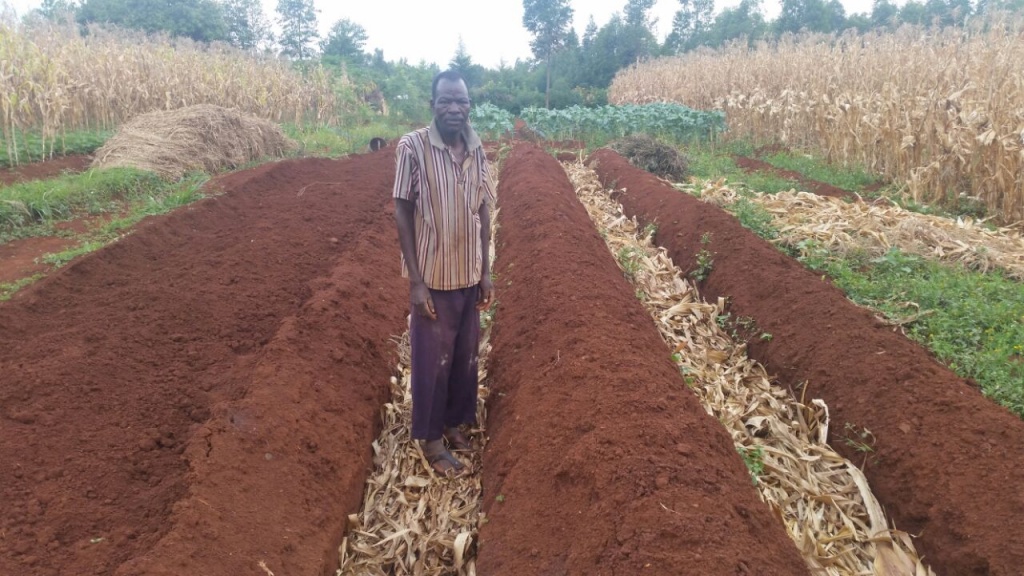
Farming can be a profitable and fulfilling activity for anyone with a commitment to pursue it as a career. For Florence Bonareri of Kilgoris, Narok County, farming has been her main source of livelihood. Income from growing and selling vegetables has enabled her to afford utility bills, educate her children and invest in diverse projects.
“I started planting indigenous vegetables in 1998, it has enabled me educate my children and earn some income, as I participate in uplifting my country’s economy” says Florence. She grows indigenous vegetables commonly referred to as “saga & managu” in the local Kenyan dialects. She transports the vegetables from her farm in Usinoni village to Muthurwa market in Nairobi.
She started serious indigenous vegetable business seven years ago and over the years she has scaled up the planting and selling of saga, managu and terere. Recently she diversified into tomato production and relies heavily on rains to water her crops.
READ ALSO: Supplier makes over Sh50,000 weekly as demand for vegetables surges
“My challenge is that during the wet season the price of the vegetables drop to as low as Ksh. 300 per sack as the demand is low and the supply is high” says Bonareri. However during the dry season period her vegetables fetch a high of up to Ksh. 2,000 per sack. She thus prefers planting and selling her vegetables during the dry season as the market is open and not flooded. There are few vegetables and that means she gets to sell her vegetables at good prices enabling her to sustain the business.
Florence packs her vegetables for easy selling. A pack of saga fetches her Ksh. 100 while a pack of managu goes for Ksh. 150. On the other hand, when the market is flooded, the prices drop to Ksh. 30. “When prices drop, it is hard to make any returns as we still have to pay for transport, cess, as well as the workers who work on packing the vegetables” says Florence.
READ ALSO: Organic vegetables over 6 times more nutritious, study
She has however learned to find the perfect balance between supply and demand for the right price that her customers are ready to pay. With the help of Equity bank, the farmer applied for an emergency loan of 20,000 shillings when her tomatoes got infested. She used the loan money to buy insecticides to spray the tomatoes.
Florence has used proceeds from the indigenous vegetable business to diversify into indigenous poultry farming that just like the indigenous vegetables are on demand at the moment.
READ ALSO: City women use old tyres to grow vegetables
Farming has really been a successful story despite a few challenges she has faced. From her small venture, she has grown and established her own home all depending on farming as she has never worked elsewhere to get me. Her first born son who was in nursery school when she started the business is now at the Kenya Medical Training College studying clinical medicine. She also has twin boys who are both in form three and have all benefited from the farm proceeds.
Write comment (0 Comments)

















